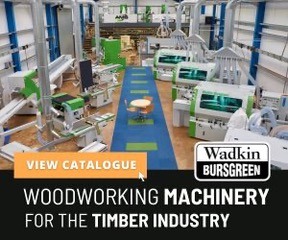HPC Laser is a leading UK supplier of laser-engraving and cutting machines, and CNC routers. The West Yorkshire firm has supplied over 5000 machines to signmaking, education, trophy engravers and a wide range of other industrial and private customers, for an almost-infinite array of applications.

In this article, HPC Laser director Steve Cockerham provides an introduction to CNC routers …
What are CNC routers?
A CNC router is a Computer Numerical Controlled machine that uses computer programming to control a high-speed rotating cutter to perform cutting and shaping operations. A broad variety of materials can be cut by these machines, including (but not limited to) plastics, woods, carbon fibre, and light metals such as aluminium.
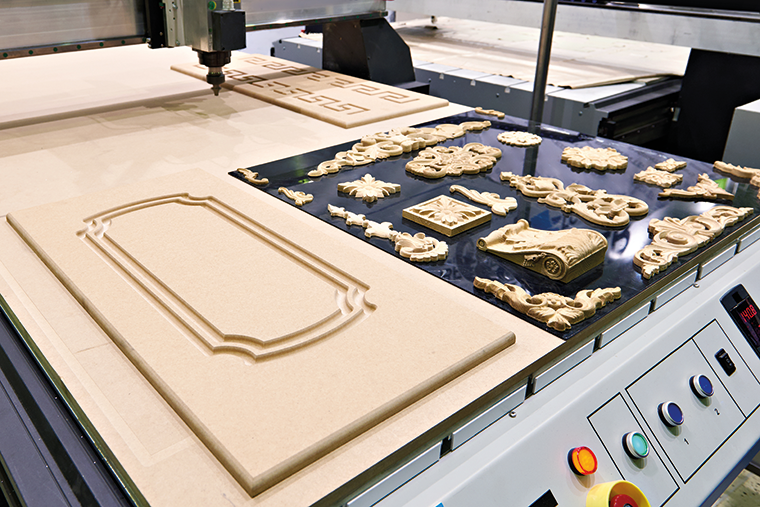
They are most frequently used for 2D cutting on flat materials. Using programmed toolpaths which are derived from a vector drawing, a controller instructs the machine to move the toolhead along its X and Y axes. However, with a fully programmable Z-axis and suitable design file and controller, they are equally capable of machining elaborate 3D profiles and designs into the same wide range of materials.
Technological development
The progression of CNC technology has been radical, particularly when it comes to travel speeds and positional accuracy. Automated toolchange options and features for automated operation and software integration have also excelled. Recent developments in machine features mean that customers can now purchase a cost-effective, tailor-made machine, configured to suit their exact needs and expectations, faster than ever before.

Routers are available in a range of sizes, from small desktop machines to industrial machines capable of quickly processing very large and thick materials, making them a time-efficient and cost-effective solution to accurately processing materials.
Industry applications include signmaking, furnituremaking, education, aerospace, automotive, electronics, engineering, set design and exhibitions.
Multi-purpose
A major benefit of the router is being able to cut and engrave without the need for an alternate tool. The repeatability of shaping material enables you to cut materials precisely and as many times times as needed. Thus, frequency of error and wastage are reduced.
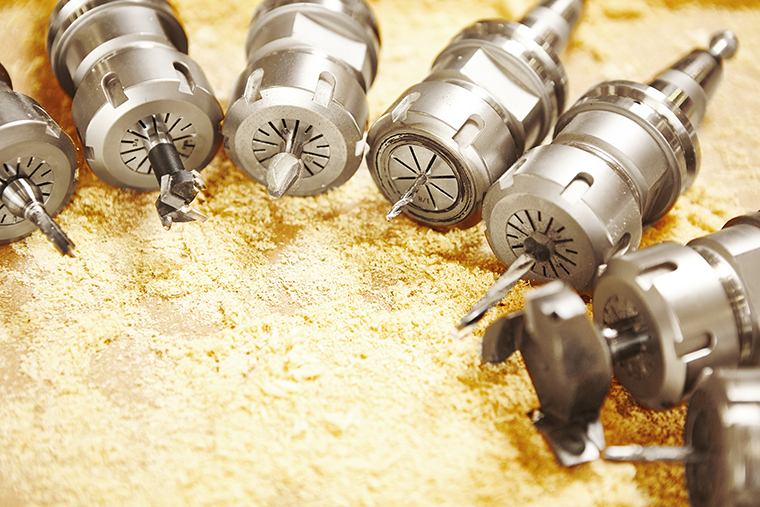
Efficiency
These machines can be used with just one operator, which cuts labour costs. Furthermore, the general operating speed is up to 25,000rpm, and the toolhead can move quickly along the X and Y axes. This means materials are processed at an exceptionally high rate.
These factors make the machine extremely cost effective after the initial investment. The cutting tool is usually made of carbon steel, high-speed steel (HSS) or solid carbide. This ensures that very dense materials can be machined. Adjustable tool height allows thick materials to be cut without requiring higher power – unlike a laser-cutting machine, which is limited by the useful length of the focused laser prior to it diverging and weakening.
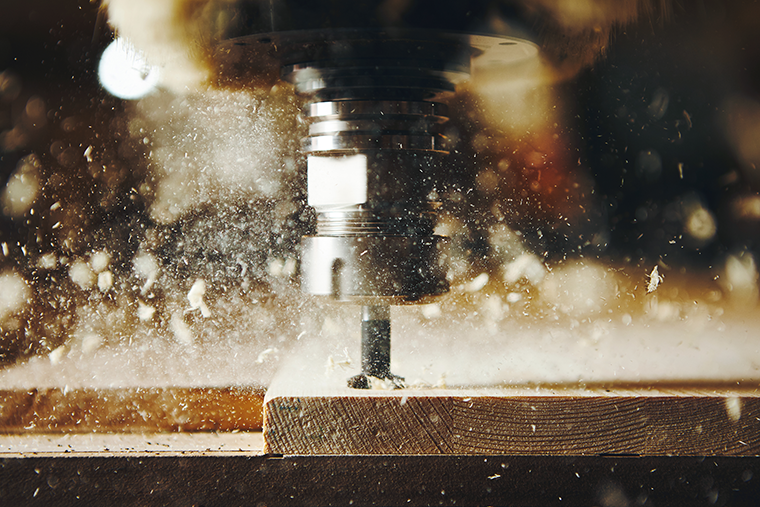
Easy to use
CNC routers generally receive their toolpath instructions from a piece of intermediate software, like Vectric Cut2Dpro. Yet, programmers can continue to use their drawing package of choice. Programming and operating the machine is relatively simple providing training has been undertaken.
Safe to use
Although CNC routers create significantly fewer fumes than many other means of shaping, such as laser engraving, they can create large amounts of chippings and dust during the cutting process. However, CNC machines are usually fitted with a dust-extraction system comprising of an extractor fan and filter. This minimises the amount of dust leaving the bed to the surrounding environment.
Some machines can be fitted with vacuum beds that suck non-porous material down onto the bed, usually without the need for additional mechanical workholding. However, it is important to note that as the materials cut away, the holding-down force of the vacuum weakens. Some CNC routers have zone valves in order to concentrate the vacuum on the most appropriate section of the bed.
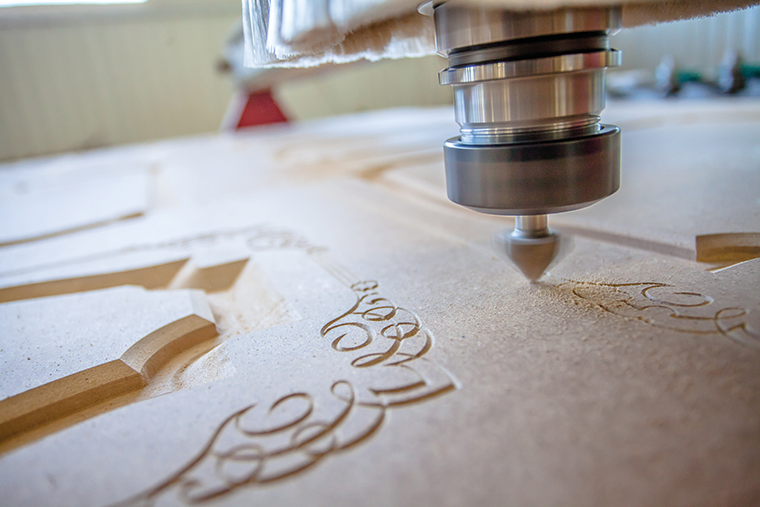
Routers are very safe to use providing training is undertaken and appropriate PPE is worn. Additional features such as protective enclosures can also be added as a further safety measure. This housing provides maximum operator safety, whilst enabling viewing from all sides – ideal for schools, colleges and other educational facilities.
These advances have poisited the CNC router as a key machining tool in several industries, such as woodworking, panel processing, furnituremaking and signage.
CNC router technology leaves little need for modern machines to advance more. Indeed, it almost feels as though we have reached the pinnacle of innovation in CNC router development, as it is difficult to imagine what significant developments could be next.




